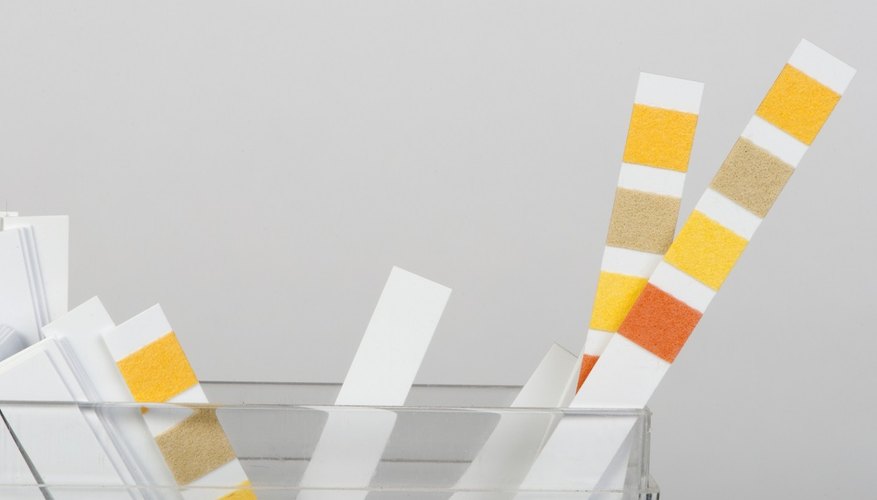Titration is a technique used in chemistry to measure the proportions of chemicals in a solution. It is a relatively simple process and a standard tool in any of the many branches of chemistry. Because of the versatility of the titration technique, many industries depend on various forms of titration to develop or analyse key chemical compounds. Titration is utilised in companies that affect nearly all aspects of society.
Acid rain
Environmental studies usually involve an analysis of precipitation and its response to pollution. To quantify the degree of contamination in natural rain water or snow, titration is used. The process is quick and results are reliable. Since most titration processes do not require expensive or specialised equipment, the test can be performed often and in different areas with relatively little effort.
- Environmental studies usually involve an analysis of precipitation and its response to pollution.
- Since most titration processes do not require expensive or specialised equipment, the test can be performed often and in different areas with relatively little effort.
Wastewater analysis
The safety of water is based on its chemical ingredients. By analysing wastewater, the extent of contamination and the requirements for filtering and cleaning can be determined. Titration is a key mechanism in this analysis. Often, more specialised titration equipment is used in this application that can measure ammonia levels in combination with other reactants to quantify other chemicals present.
- The safety of water is based on its chemical ingredients.
- Often, more specialised titration equipment is used in this application that can measure ammonia levels in combination with other reactants to quantify other chemicals present.
Nutrition
The compounds which make up food products help determine their nutritional implications. Titration is one technique that assists in these studies. The acidity of orange juice, for example, is easily determined using a standard titration process. In this process, an electrode is added to a solution comprised of orange juice and deionised water. The titrant catalyst then measures the acidity of the juice. Manufacturers can use the technique to vary this quality to satisfy customers or those with special nutritional needs.
- The compounds which make up food products help determine their nutritional implications.
- In this process, an electrode is added to a solution comprised of orange juice and deionised water.
Wine
The flavour of wine is a delicate balance often affected by its degree of acidity. This quality also affects how the wine responds to age. It is possible to improve wine production by measuring acidity using titration. Simple, inexpensive titration kits are available to winemakers for this purpose. The process is straightforward and uses minimal equipment. The results of a titration test on wine can suggest if additional ingredients are necessary to maintain its quality.
- The flavour of wine is a delicate balance often affected by its degree of acidity.
- The results of a titration test on wine can suggest if additional ingredients are necessary to maintain its quality.
Pharmacology
The development of medication is a precise science that relies on specific measurements of chemical quantities. Titration is thus an important part of the pharmaceutical industry to ensure quality control. Many variations of the titration technique are used, and often specialised equipment for pharmaceutical titration is developed to make the process more efficient.
